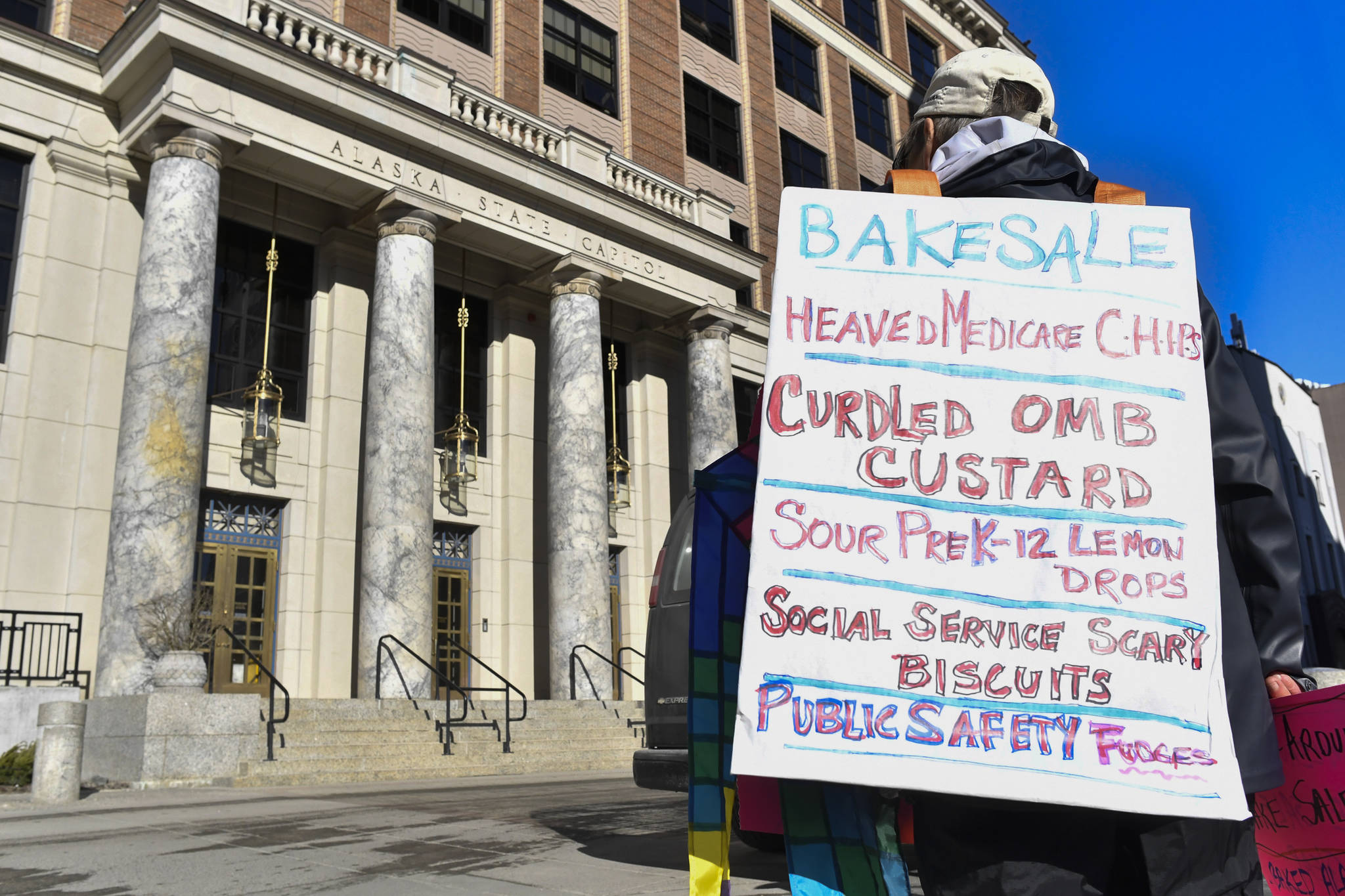The last letter to the editor I wrote was on the general principle of Gov. Mike Dunleavy coming forth with a budget that he had promised the people of Alaska.
In this My Turn, I want to make some specific talking points on the budget itself. This of course is knowing that smart legislators will make some deals with the governor and conservative colleagues to pay out more money working with him to get the main pieces of legislation passed that are important to Alaskans and a sustainable future. The governor has line-item veto authority, so the intended balance of our representative system will be in full force.
Let’s start with the University of Alaska. The budget proposes cuts of around 17 percent of its current budget. There have been third-party reports that have shown in the past that the university system has much more middle and upper management than similar universities around the country. I went to the university for 30 years, some full-time, mostly part-time to acquire my degrees.
[Opinion: The governor’s false choices — a lose-lose proposition]
Every year I was there, the bureaucracy increased and there was always more paperwork and unnecessary processes that had to be dealt with. It’s an interesting question as to whether creating more bureaucracy requires more rules and process to justify the jobs, or whether unnecessary rules and processes force the institution to hire more people to enforce them. Either way it’s a vicious circle that never stops unless there is some economic pressure brought to bear.
I’ve learned over the years through my involvement and observation of government entities that they never get lean and efficient with budget pressures — they always spend what they are given, creating the structure to spend the money. Keep that in mind with all of the budget issues, that years of overspending has created inefficient entities that until now had no reason to restrain themselves.
[Opinion: Alaskans must stand up against cuts to higher education]
One practical example of what the university could do is to combine all the campuses into one. Not physically of course, but management-wise. Currently, it duplicates a lot of management running each campus as an independent entity. This would be a great first step to becoming a more efficient university and would result in better education as resources would be more focused on educating instead of managing. Another easy-to-implement step is to move some of the satellite campuses back to the community college model.
The K-12 education system is another great example of inefficiency. Currently Prince of Wales Island has four school districts that encompass it. In Fairbanks, the place I have the numbers for, the school district over the last 28 years has decreased in student count, the number of teachers has stayed pretty flat, but staff has more than doubled, and administration has gone up over 40 percent.
It would be nice if they didn’t use teachers as weapons to try and get more money from the state. Please remember that large pot of money that the Fairbanks North Star Borough School District has squirreled away, which came because we taxed more for them than they needed. They’re actually ashamed enough of their budgeting that they stopped the Fingertip Facts publication a few years ago that showed the public where the money came from and went in a nice simple layout. Last year they started giving the school board an incomplete budget document, so they don’t even have all the information they need.
There are many right now in the public sector hammering on the Legislature to take most or all of Alaskans’ PFDs. Recently, economist Ed King gave a presentation to the House Finance Committee. He said if we didn’t cut spending and just used the Percent of Market Value (POMV) method and only paid dividends under $500, after two years the entire POMV will be entirely used by the increase that naturally occurs in the budget due to wage and other cost increases. The prior governor had attempted an income tax and found that, at best, it would bring in about $350 million, about a fifth of the deficit.
The lesson to be learned here is that we can’t run away from the problem by taxing the PFD, or instituting any other tax. If we don’t decrease the budget, we will never be sustainable. The last administration ignored that reality, and now the situation is a little more advanced. Wherever the Legislature ends this year on the budget, they have to keep moving it downward so we can one day have a sustainable budget.
• Lance Roberts is an engineer, born and raised in Fairbanks. He is a former member of the Fairbanks North Star Borough Assembly. My Turns and Letters to the Editor represent the view of the author, not the view of the Juneau Empire.

